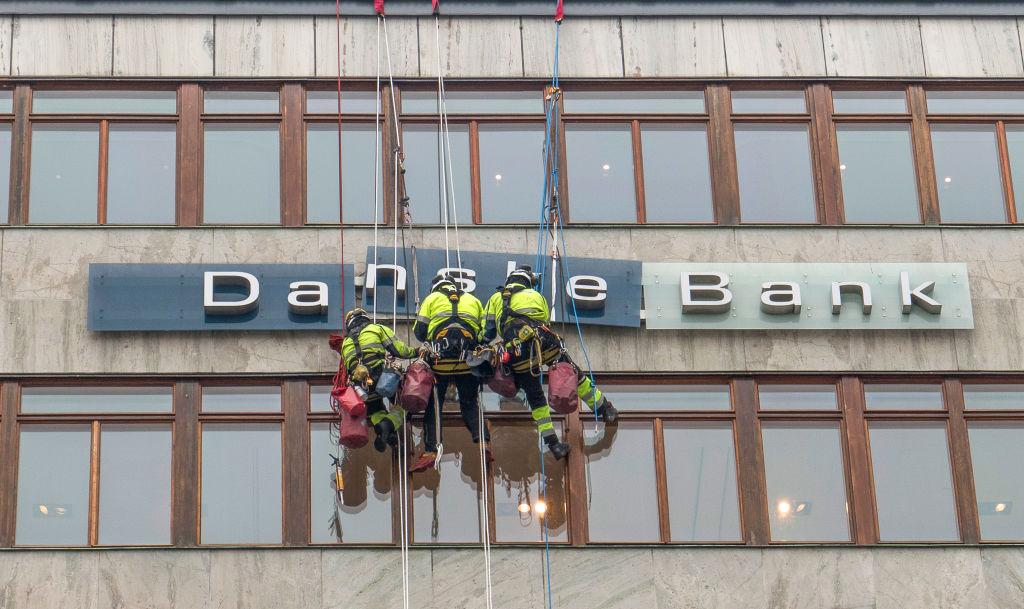TALLINN, Estonia—Banks doing business in Estonia, which has been at the center of a money-laundering scandal involving Danske Bank, handled more than $1 trillion in cross-border transactions between 2008 and 2017, according to the country’s central bank.
The European Union member nation of 1.3 million people has been rocked by revelations that banks there laundered money from Russia, Moldova, and Azerbaijan via non-resident bank accounts. The scandal has forced lenders in Estonia and neighboring Latvia to shut.





